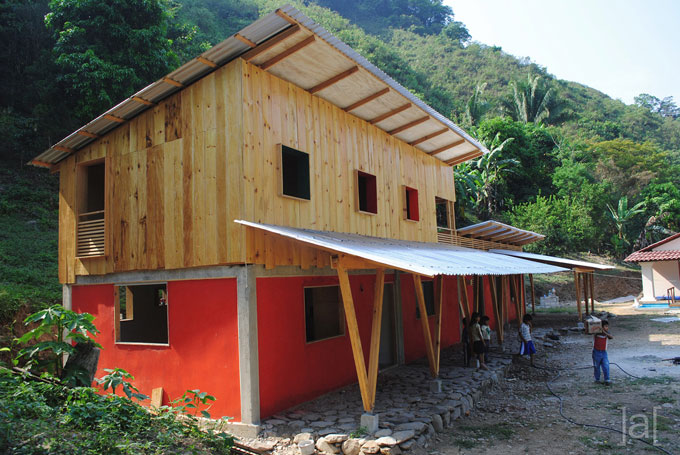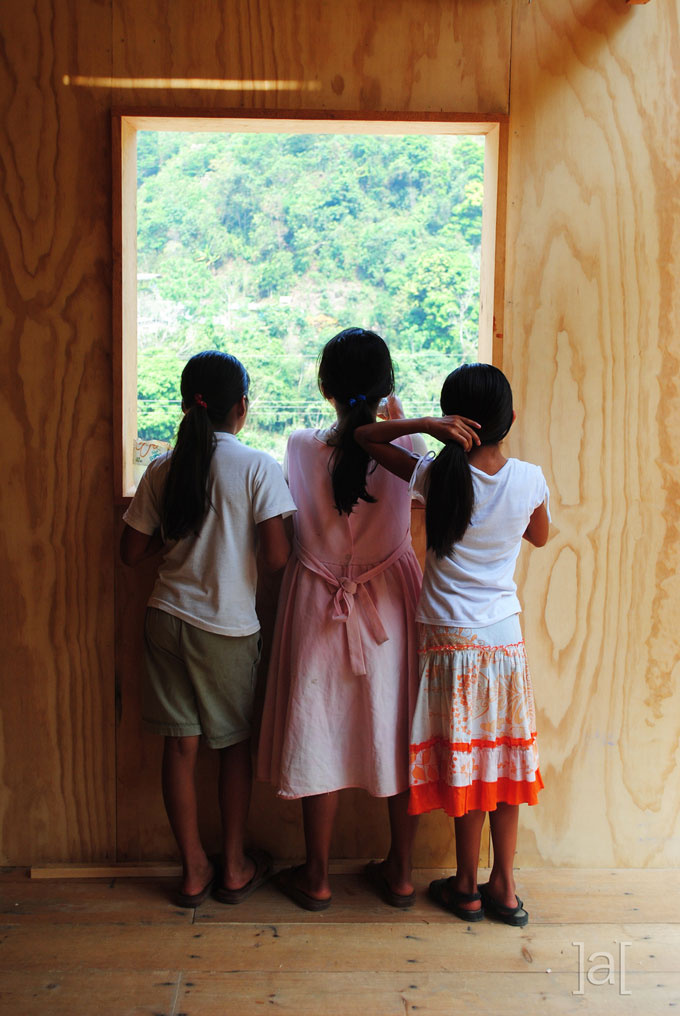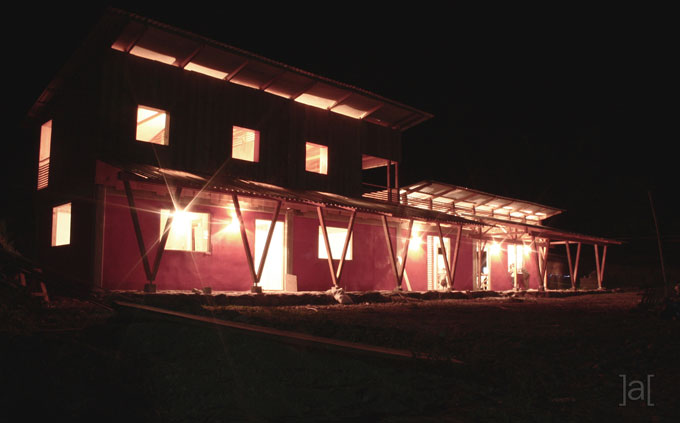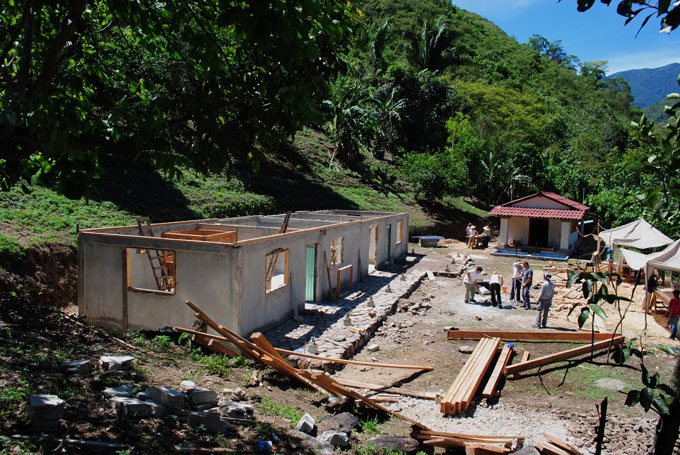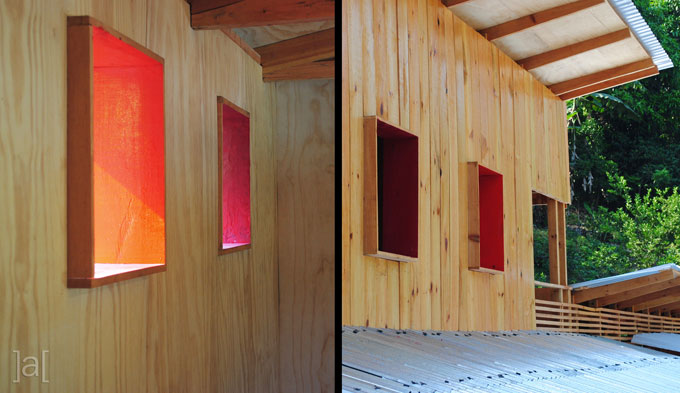Working with community members and 11 Italian DesignBuild Studio students, Archintorno assisted with the building of a community center and guest house in a remote village in Oaxaca, Mexico.
![]()
![]()
PROJECT FACTS
Site: San Pedro Tlatepusco, Chinantla Alta. Oaxaca MEX
Function: guest house, assembly room, community kitchen
Client: Santa Cruz Tepetotutla community assembly
Use: public
Type: permanent
Year of Construction: 2010
Fabrication: on site, recover an old structure
Materials: concrete, wood, metal sheets
Students participating in the construcion: 11
Local labour involved: 1 carpenter, 1 bricklayer, tequio labour*
Local partner: CAMPO.
*Each family offers free work to its community each year, in turn participating directly in community development and strengthening.
PROJECT HISTORY
The village of Santa Pedro Tlatepusco is located in Chinantla Alta in the Sierra Norte of Oaxaca state, Mexico. At an altitude of over 3,000 meters above sea level the land consists predominantly of woods and forests. The combination of high altitude and hot and humid tropical climate results in high levels of precipitation creating an environment that supports a wide variety of plant and animal species. The area has one of the highest indices of biodiversity on the planet. San Pedro is accessible by foot, and is reached after several hours of walking.
The community is included in the The Sustainable Territory Development Plan of Alta de Oaxaca. The spatial plan was drafted by the communities themselves, with the support of the Mexican NGO CAMPO and is made with an intent to generate alternative sources of income to agriculture. Archintorno coordinated the overall project and managed the building site, working with the community and 11 Italian DesignBuild students on the construction of a community center. The building supports a development program which focusses on ecotourism and the enhancement of cultural and natural resources of the area. In addition to a community centre, the building serves as a guest house for tourists who are walking through the area on a well-known eco-tourism route through several indigenous communities.
The building is built on a pre-existing structure of reinforced concrete, which was modified by breaking down the walls and opening up the space with windows and doors. The floors are constructed entirely from local pine. The entire building includes four dormitories, a community kitchen and a multi-purpose living room.

